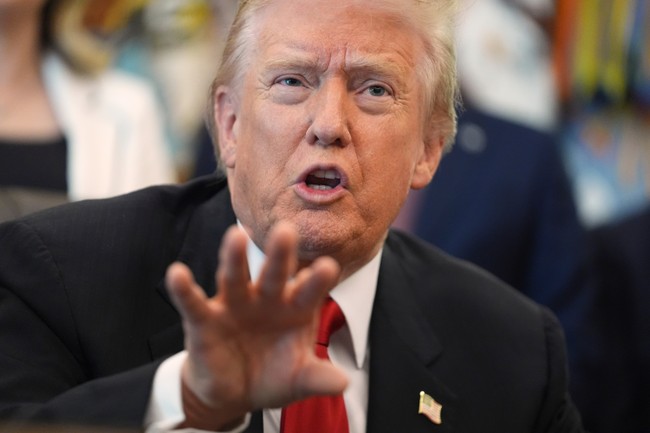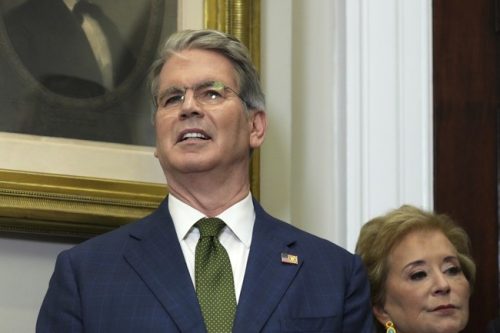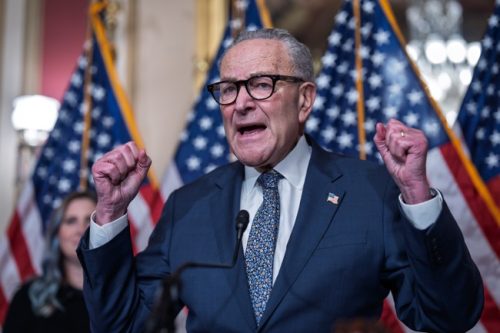President Trump says tariffs can send a $2,000 check to many Americans while shrinking the federal deficit and jump-starting U.S. manufacturing. He has pressed that view on Truth Social, arguing tariffs are already drawing investment back to the U.S. and can be used to chip away at a roughly $37 trillion debt. The debate has reached the Supreme Court and the Congressional Budget Office has weighed in with big projected savings if higher tariffs hold. This piece lays out those claims, the numbers behind them, and the policy fight playing out in public.
Trump announced the idea of a $2,000-per-person dividend tied to tariff revenues on Truth Social, framing it as a direct benefit to working Americans. He pointed to lower headline inflation compared with 2021 but warned that housing and grocery prices remain a burden on families. From his perspective, tariffs are not just trade policy, they are a revenue stream to be used for relief and debt reduction.
The president has repeatedly argued that tariffs have already helped the economy and spurred a wave of domestic investment in manufacturing. He says businesses are returning to the U.S. because tariffs change the economics of where to build and hire.
Sharing his frustration online, he wrote at one point: “The whole thing is ridiculous! Other Countries can Tariff us, but we can’t Tariff them??? It is their DREAM!!! Businesses are pouring into the USA ONLY BECAUSE OF TARIFFS. HAS THE UNITED STATES SUPREME COURT NOT BEEN TOLD THIS???”
Beyond promises of dividend checks, Trump has proposed other big ideas meant to bend markets in favor of Americans, including suggesting 50-year mortgages to lower monthly housing costs and extend affordability for buyers. He argues bold moves are needed because conventional policy hasn’t fixed the cost-of-living squeeze many people still feel.
On market competition, the president has ordered the Department of Justice to probe alleged price-fixing among meat processors after noting that retail beef prices have climbed substantially since 2005. That enforcement angle is part of a broader pitch: tariffs to revive production plus antitrust action to keep consumer prices in check. The dual approach mixes revenue-minded trade policy with competition enforcement aimed at immediate pain points for households.
The legal authority to impose these tariffs is now before the Supreme Court, and the policy math has a heavyweight analyst attached. The Congressional Budget Office projected that tariffs enacted between January 6 and August 19 could lower the deficit by around $3.3 trillion if the higher rates remain in place through 2025–2035. Supporters argue that kind of deficit relief changes the conversation about spending and investment priorities in Washington.
There are tangible corporate moves that back up the administration’s optimism about manufacturing. Major automakers have announced sizable domestic investments since tariffs were raised, with one company committing billions to U.S. facilities and supply chains. Those announcements are cited as evidence that the policy shift is producing the industrial comeback proponents promised.
The politics are loud and messy: Democrats in the Senate pushed back in ways that cost time and leverage in budget fights, and Republicans have seized on tariffs and enforcement as proof their economic strategy puts Americans first. Critics say tariffs risk higher consumer prices and trade retaliation, while backers counter that the status quo let U.S. industries hollow out. The debate will play out in court, in budget sheets, and in the choices companies make about where to build, hire, and invest.
Trump proposes 50-year mortgage to help affordability https://t.co/6uHpxgKy9w
— Pulte (@pulte) November 8, 2025






